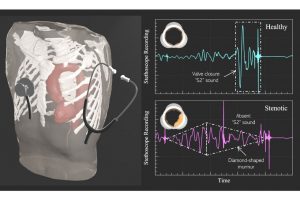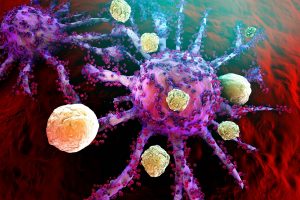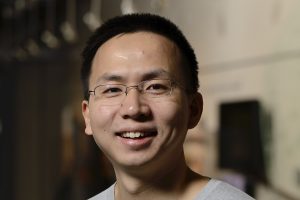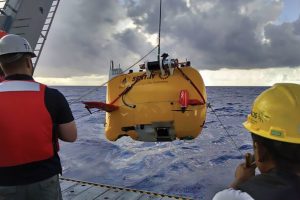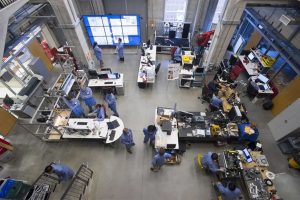Recent News
-
These three-year awards aim to foster creative basic research in science and engineering, enhance outstanding young investigators’ early career development, and increase opportunities for young researchers to recognize the mission of the Air Force and related challenges in science and engineering.
-

Johns Hopkins mechanical engineers have developed an algorithm that “listens” to heart sound recordings and detects heart disease with an accuracy that is similar to that of expert cardiologists.
-

Developed by Ishan Barman's lab, the non-invasive technique using an optical probe provides early signs of how a tumor is responding to treatment.
-

Up to Code: Q&A with Alea German
CategoriesAs an Engineering Manager at Frontier Energy, German is developing codes and regulations for energy-efficient, sustainable buildings in California.
-

Third-year Bridgette Kim was awarded the highly competitive DoD SMART Scholarship, which provides students with full tuition for up to five years, summer internships, a stipend, and full-time employment with the Department of Defense after graduation.
-

Q&A with Maeve Garigan
CategoriesMaeve Garigan, BS '01, MA '08, is the founder and CEO of Roper, a technology company focused on advanced wireless communications and wearables.
-

Slick Studies
CategoriesResearchers in the Laboratory for Experimental Fluid Dynamics are using science to understand oil spills before the next marine disaster.
-

Deep down below
CategoriesFor almost three decades, Whiting School Professor Louis Whitcomb has developed tools and vehicles that enable oceanographers to explore once-unreachable depths.
-

The American Society of Mechanical Engineering (ASME) has named Thao (Vicky) Nguyen, a professor of mechanical engineering and the Marlin U. Zimmerman Faculty Scholar at Johns Hopkins University, as the next co-editor-in-chief of the Journal of Biomechanical Engineering. Nguyen’s five-year term will begin January 2022.
-

"Safe autonomous systems are crucial for our society," said Noah Cowan, professor of mechanical engineering. "Our approach will integrate traditional mathematical control theory with new and emerging AI to make systems verifiable, robust, safe, and correct."
